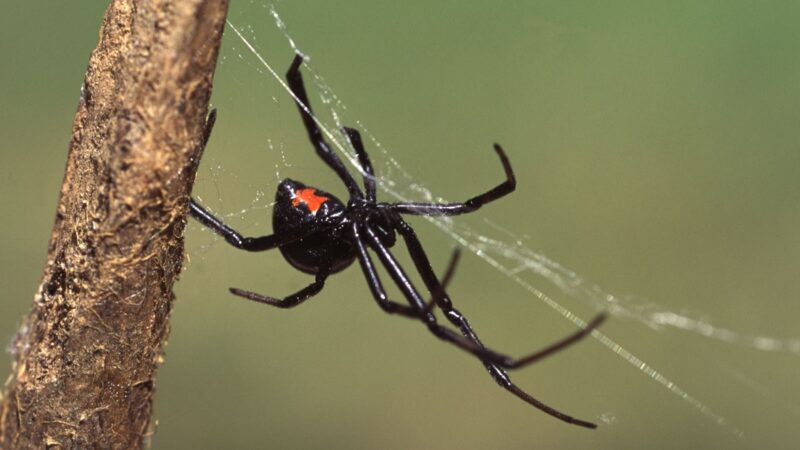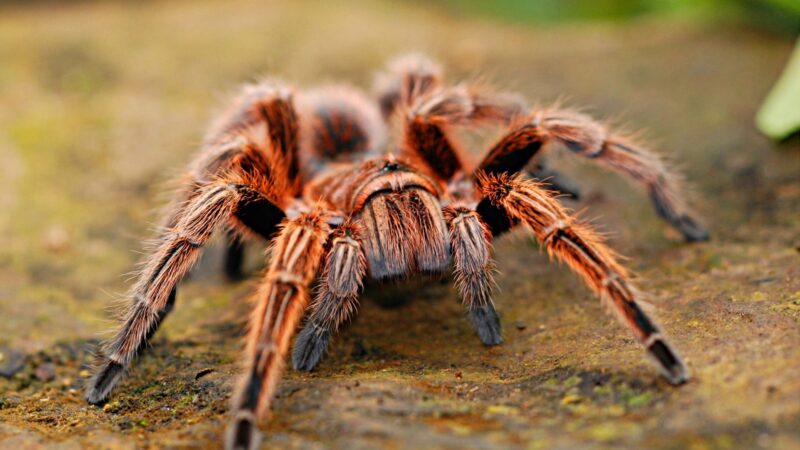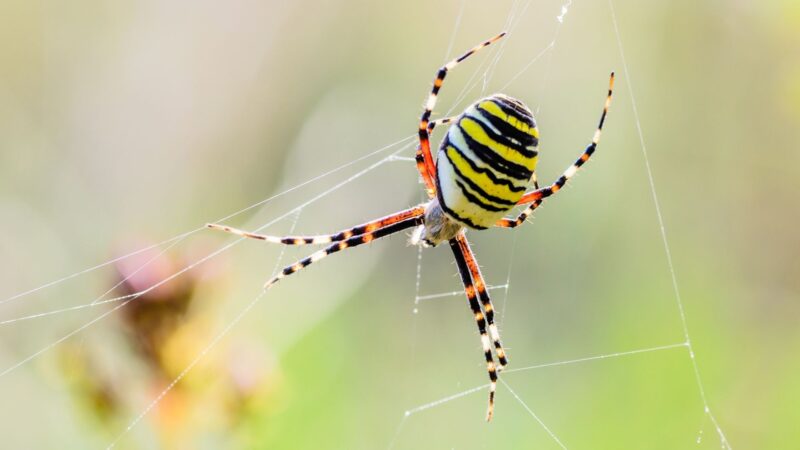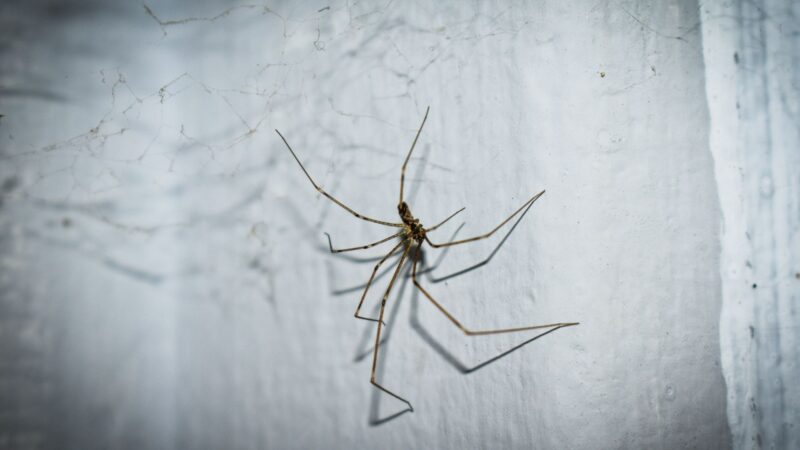Some people are afraid of spiders because of their multiple legs. So individuals run away from a spider without attempting to kill it. However, some have the guts to face this creature and squish it as they don’t want to have insects around their house.
Others would use pesticide spray to eliminate them. These are some of the reasons that shorten the lifespan of spiders or arachnids.
How long do house spiders live? They can live up to a year or two in a temperate climate, and the house interior where the temperature is controlled. But they can die despite their age when exposed to freezing weather. It must be taken into account that there are various house spiders in every region. The lifespan varies from species to species.
Spiders usually get inside a house in early fall, the time that temperature starts to drop. As they search for the warmth of shelter, their cravings for insects and even other arthropods remain the same.
Thus, they help you with pest elimination. You may get interested to know more about these arachnids because of this.
Table of Contents
Life Cycle Stages of a Spider

You will likely see female spiders on their webs, while the smaller males can only be seen on the web during courtship. In due time, female house spiders will lay egg sacs that are dry-looking, and they’re either gray or brown. The shape is akin to a pear because the sac has a slightly elongated tip.
The sac can contain 100 to 400 eggs. One female house spider typically produces 15 sacs or more in her whole lifetime.
The eggs are covered with a tough kind of silk that can stick to any surface. In a few weeks, the young that are called spiderlings came out from the egg sac.
These spiderlings tend to climb the nearby objects and they produce gossamer or long threads of silk. The silk that these young spiders make is sometimes blown by the wind. They are also taken by the wind and this phenomenon is called ballooning spiderlings.
Hence, they are dispersed to another place. Even though the dispersal rate of spiders is great, the spiderlings’ mortality rate is up to 98% since they’re fragile.
Naturally, it immensely affects their survival rate. It’s the reason why the number of a certain species, for instance, house spiders can vary every season. They can be eliminated in one place, but still, they can begin to recolonize.
A female spider can reach maturity in 40 days, while it’s 30 days for the male spider. Again, the reproductive cycle begins with hundreds of eggs.
What’s the Longest a Spider Can Live?

Theraphosidae or tarantula has the longest lifespan among other spider species, as mentioned in the book entitled ‘The Tarantula Keeper’s Guide’. It can live for more than 30 years and as long as 40 years.
How Long Can a House Spider Live Without Food?
Most homeowners do routine vacuuming to take down the food source of house spiders. These creatures mainly eat insects and other kinds of arthropods.
Although spiders have various feeding strategies, they make use of digestive fluids to have a liquefied meal to sustain them. They can live without food for a long time. Some of them have survived for more than two years without feeding.
Even spiderlings can manage without food for three weeks. They’re very vulnerable because they’re young. They only consume critters that are smaller than them.
How Long Can a House Spider Live Without Water?
Spiders can get liquid from moisture found in their prey, but they still drink water for hydration. House spiders drink from condensation found on window sills. You may be curious about how these arachnids drink because they don’t have a mouth like mammals.
The unique mouth of spiders is called chelicerae which works like a straw. This part is packed with muscles, and it can suck up water. Though it seems that water is essential, house spiders can live for a long time without water. However, other spider species can only withstand the absence of water for a few days.
How Big Can Spiders Grow?
The biggest spider fossil was found in Northeast China. It has a body length of 2.5 cm with forelegs that are about 6 cm. As expected, this is an extinct species. These days, the body of a Goliath bird-eating tarantula can grow to 4.75 inches. It has legs that are 11 inches long. This species resides in the rainforests of South America.
How Do Spiders Reproduce?

Even though the female spider can be four times larger than the male, the latter fearlessly approaches the former. She would scamper away, but he chases her.
Then, he uses his spindly legs so he can put himself on the top of the female so can insert his genital into the female opening. Once successful, he can release his sperm.
A male house spider shares the web with its female counterpart as a post-courtship ritual. After they finish mating, the female spider begins to make tan, papery egg sacs that are only distinct among arachnids. She can make 15 pieces of sacs.
The female spider also puts non-viable eggs inside the sac. Since these eggs won’t likely form into a spider, they become the food source for surviving spiderlings between the hatching period and leaving the sac.
How Do Spiders Die Naturally?
There are many causes of spiders’ natural death. They perish if they’re no longer capable of supporting their stature. This weakness usually happens to males after mating, and it can be a consequence of giving birth among females.
A bad weather condition can also end the life of spiders. No food supply is another reason. Just like any other animals, spiders have also succumbed to diseases. They are not immune to bacterial infections. Moreover, freezing temperatures don’t do well with spiders too. Sadly, it’s a painstaking kind of death.
Should I Let Spiders Live in My House?

A professor named Anne Danielson-Francois has studied spiders for decades. She was afraid of spiders as a child, but her father taught her to face her fear.
So, she said that spiders are not scary despite their portrayal in horror movies. Most people are just afraid of the idea of looking at spiders, but the animal itself is not horrid at all.
Furthermore, spiders can be beneficial to humans in so many ways. You should know this before you start planning on eradicating them. Spiders don’t have the impulse to attack humans.
Instead, they use their energy on catching pesky insects like mosquitoes, bed bugs, and kissing bugs. Anne Danielson-Francois even discovered that spiders are great biological control agents.
How Many Spiders Are There in the Average House?
In the average house, there are 61.84 spiders. Without you noticing, there may be one near you. They can be in every room. 77% of them can be found in bedrooms, while 68% dwell in the bathroom.
Are All Spiders in Houses Are House Spiders?
Not all spiders in houses are the common house spiders, which are scientifically called Parasteatoda tepidariorum. Funnel weaver spiders, jumping spiders, ground spiders, roly-poly hunters, cellar spiders, cobweb spiders, wolf spiders, banded garden spiders, orb-weaving spiders, and yellow sac spiders are also found inside the house.
Are House Spiders Dangerous?

Most of the house spiders that were mentioned are harmless. Some of them are even shy, and they don’t want to be close to humans. Out of surprise or the feeling of being threatened, they might bite if they won’t run for cover. It can be painful, but it’s not terrible, and it doesn’t cause any other symptoms.
Summary
The spiders’ natural death is usually brought by freezing temperature and feelings of weakness caused by diseases or activity of the reproductive system. It can come early if people try to squish or eliminate them in other ways.
The average life of house spiders is a year or two, but their presence can be beneficial as they eat the pests that people hate.
List of Sources
A Giant Spider From the Jurassic of China Reveals Greater Diversity of the Orbicularian Stem Group